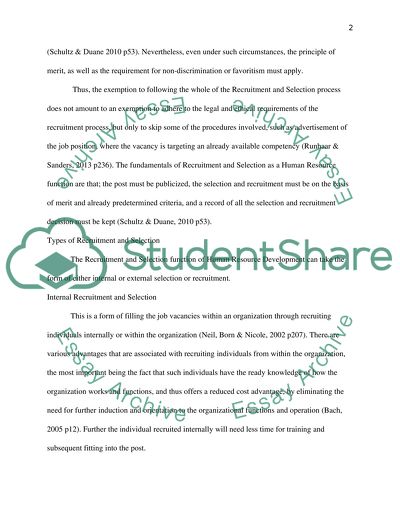Cite this document
(“Recruitment and Selection Literature review Example | Topics and Well Written Essays - 1750 words”, n.d.)
Retrieved from https://studentshare.org/human-resources/1493811-recruitment-and-selection
Retrieved from https://studentshare.org/human-resources/1493811-recruitment-and-selection
(Recruitment and Selection Literature Review Example | Topics and Well Written Essays - 1750 Words)
https://studentshare.org/human-resources/1493811-recruitment-and-selection.
https://studentshare.org/human-resources/1493811-recruitment-and-selection.
“Recruitment and Selection Literature Review Example | Topics and Well Written Essays - 1750 Words”, n.d. https://studentshare.org/human-resources/1493811-recruitment-and-selection.


